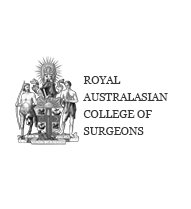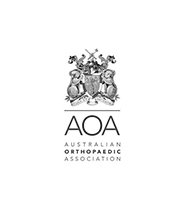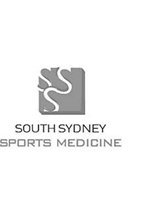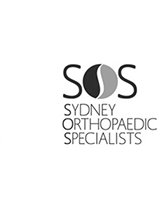Tennis Elbow
Tennis elbow is a common cause of elbow pain located on the outer aspect of the arm. The condition is caused by degeneration in the tendon that anchors the muscles of the lower arm, that bend back your wrist and fingers, to the outside of the elbow. The degeneration is related to chronic overload or a sudden increase in load of the tendon. This leads to cell death and replacement by scar (tendinopathy). The scar is periodically not able to stand the forces placed on the tendon resulting in pain. Under the microscope there is little evidence of inflammation.
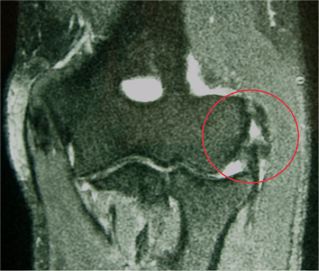
The pain may be constant or triggered by certain movements such as lifting, typing or screwing lids. It is a self-limiting condition in most patients. It has a peak incidence between 45-65 years and is rare after 65 years. There is a 50% probability of recovery every 3-4 months irrespective of symptom duration. Less than 10% of patients have residual symptoms 12 months after onset. It may recur with greater than normal activity.
- Activity Modification: activities that cause a flare in the pain should be restricted or temporarily omitted and gradually introduced. Workplace environments can be assessed by an occupational therapist to minimize tendon overload. This may involve adjustments to the workstation, rotating tasks and/or increasing break frequency.
- A tennis elbow (counterforce) brace is a non-expansile strap worn around the widest part of the forearm muscles. It can reduce pain by limiting the amount of muscle expansion and therefore force placed on the tendon.
- Pain Management : may include:
- medications such simple pain killers and anti-inflammatories.
- Injection therapies such as corticosteroid or platelet rich plasma injections injection can provide short term relief. The response to these injections varies widely and it is difficult to predict who will benefit. Corticosteroid injections result in more residual pain at 12 months when compared with platelet injections.
- ice and acupuncture can provide short term relief.
- Physiotherapy : can assist with forearm stretching programs, local pain management techniques and gradual strengthening of the associated muscle groups.
- Surgery : Less than 10% of patients develop chronic pain with pain and disability lasting beyond 12 months. Traditionally, surgery has been offered to patients who fail to improve with conservative treatment. However, there is no evidence to suggest that surgery is better than continued non-operative treatment or no treatment at all.
- Other techniques for treating tendinopathy include:
- Stimulating the tendon with ultrasound (ECSWT)
- Injecting the degenerate tendon stem cells
- Needling the tendon under ultrasound imaging.
- These are yet to be proven in rigorous scientific studies and research continues for reliable techniques.


